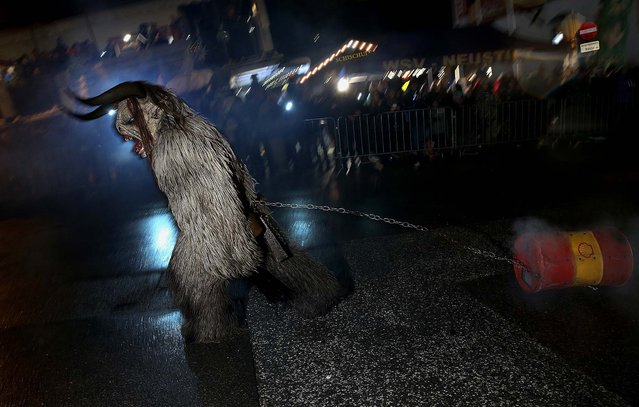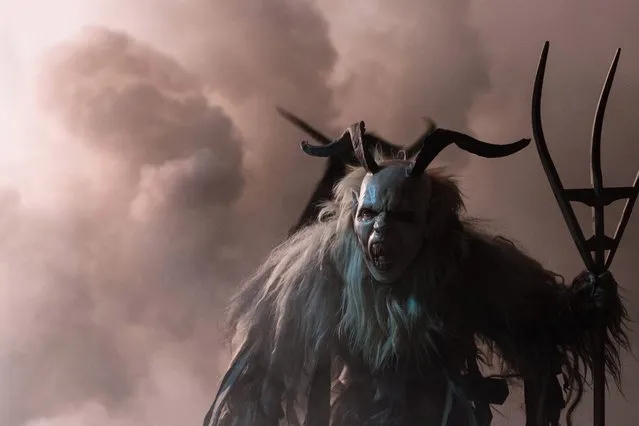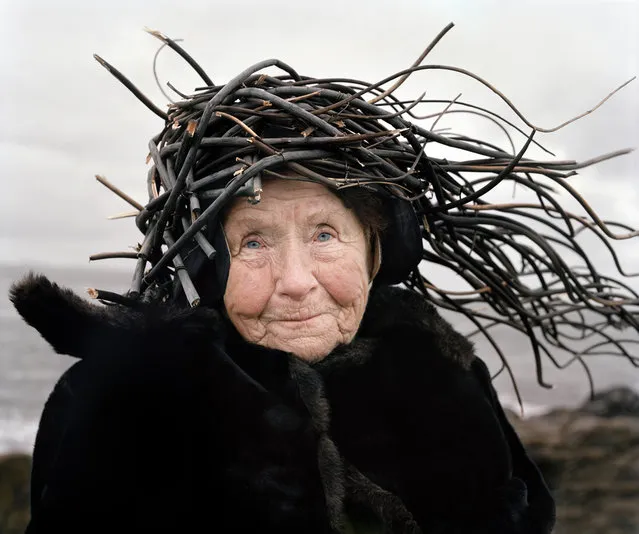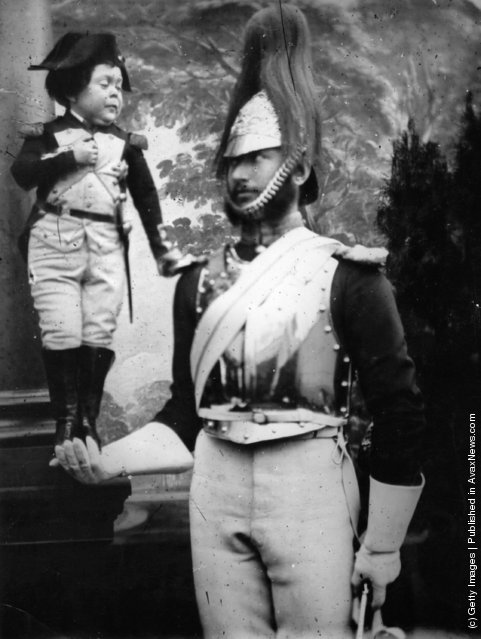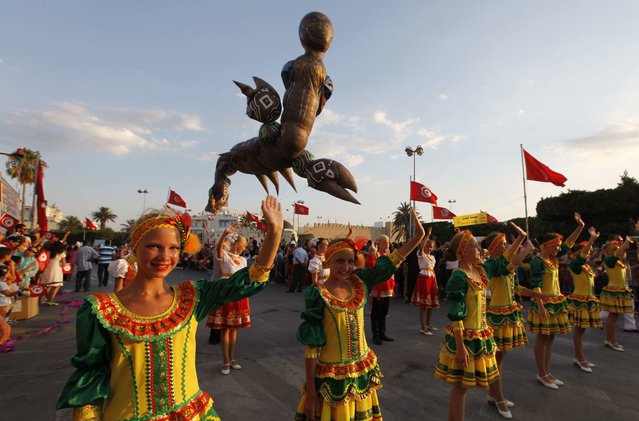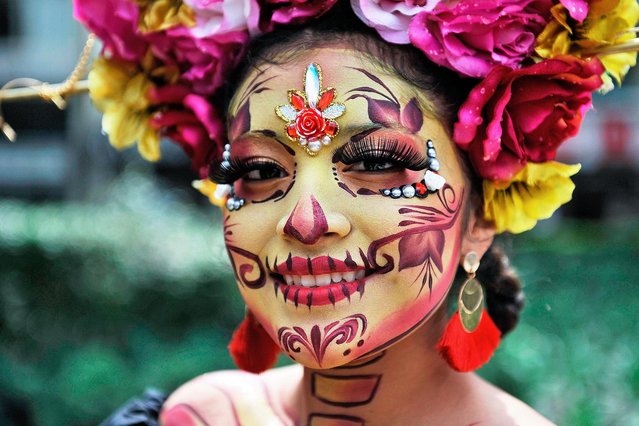
A woman fancy dressed as Catrina takes part in the “Catrinas Parade” along Reforma Avenue, in Mexico City on October 26, 2019. Mexicans get ready to celebrate the Day of the Dead highlighting the character of La Catrina which was created by cartoonist Jose Guadalupe Posada, famous for his drawings of typical local, folkloric scenes, socio-political criticism and for his illustrations of “skeletons” or skulls, including La Catrina. (Photo by Claudio Cruz/AFP Photo)
29 Oct 2019 00:03:00,post received
0 comments

